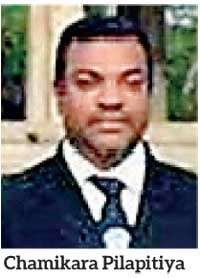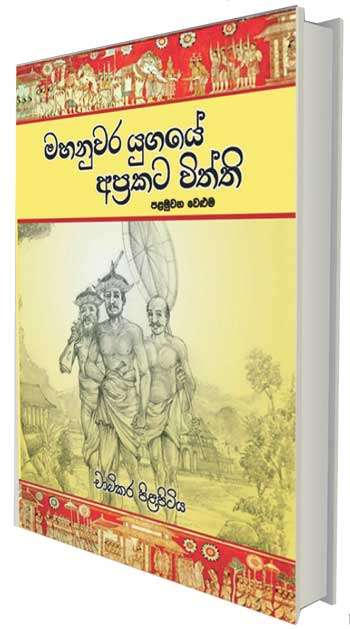Reply To:
Name - Reply Comment
The book, the title of which translates to Little Known Facts of the Kandyan Period, is an impressive two-volume publication (Palawana Veluma and Dewana Veluma) containing over five hundred illustrations.
Some illustrations are being made public for the first time. Among the illustrations are pictures of the oldest Sri Lankan gun dating back to 1580, the largest Kodi  Tuwakku in the country, the gun of King Rajasinghe II and the oldest cannon used by the Sinhalese Army dating back to the 1700s. There is also a picture of a gun of Sri Lankan origin called the King of All Guns which is now in a museum in the USA.
Tuwakku in the country, the gun of King Rajasinghe II and the oldest cannon used by the Sinhalese Army dating back to the 1700s. There is also a picture of a gun of Sri Lankan origin called the King of All Guns which is now in a museum in the USA.
Other illustrations include battle maps and sketches which have not been previously published. Two such pictures that might be of immense interest to the public are a picture from the Netherlands dating from 1766 of the Kandyan Army on parade and a map of the City of Kandy drawn by the Dutch during the invasion of 1765.
According to the author, the book is the culmination of more than ten years of research based on manuscripts available locally and from sources abroad. The main focus is on the facts extracted from them.
Some contents of the book would be truly fascinating to readers.
Among them are the horoscopes of King Sri Wickrema Rajasinghe, His Queen (Rengammal), Ehelepola Kumarihamy, and Veera Puran Appu. Also in the publication are details of the history of the Sangakkara family to which Cricketer Kumar Sangakkara belongs.
Therefore, without a doubt, the majority of the general readership ought to find this publication informative and interesting.
Taking yet another interesting turn, the book also has a chapter on Nittevo- considered as a kind of primitive man or ape believed to have been exterminated by the Veddas about 250 years ago.
Although this is to be considered an academic or scholarly piece of work, the author has attempted to keep the language simple and easy for the general readership, while maintaining its academic nature.
 The final result is a work that is expected to be a reference work that will stimulate interest in this kind of research and will function as a source-book for future researchers. It is also expected that any general reader will find it interesting, stimulating and a pleasure to read.
The final result is a work that is expected to be a reference work that will stimulate interest in this kind of research and will function as a source-book for future researchers. It is also expected that any general reader will find it interesting, stimulating and a pleasure to read.
Author Chamikara Pilapitiya, through his family links, appears to be very well placed to execute this kind of research since a substantial portion of the sources is not accessible without the right credentials. A former rugby football player and a keen participant in motor sports, both as a rider and a driver, Chamikara has in the last decade devoted all the time he could spare from his current occupation in the tea trade and family commitments to this research.
The fact that this book is packed with such a large amount of researched detail means that it would not come as a surprise if this triggers many others to research their own areas of interest, keeping this book as a foundation.
This book is the first one of a trio written by the author. The other titles expected to follow this publication are The History of Sri Lankan Firearms and The Secret Tunnels of Sri Lanka.